The watch bezel
What is it and what functions does it have?
What is the bezel?
The bezel is the part of the watch case that surrounds the watch glass. This outer ring is either fixed or rotatable. The bezel can either be slightly wider and have various markings or it can be narrow and unadorned.
The word bezel comes from the French lunette, which means glasses or binoculars. Sometimes imprints on the dial are also incorrectly referred to as an internal bezel.
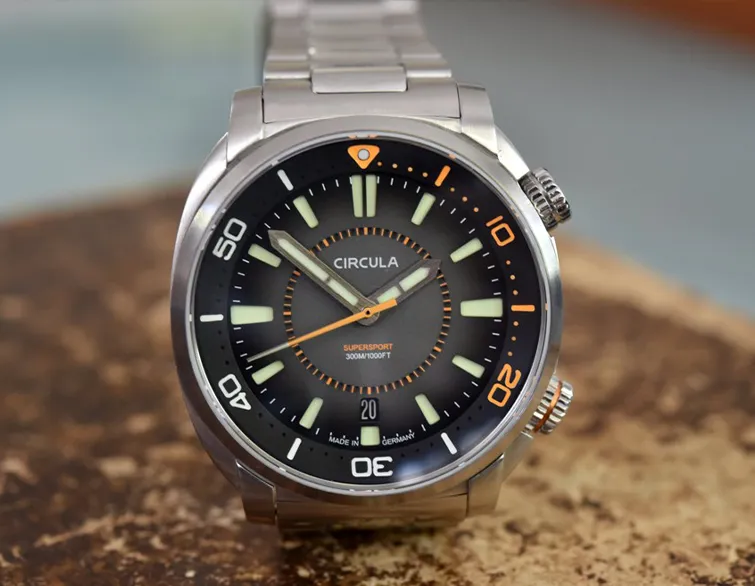
The function of the bezel
is more varied than you might think
Depending on the type of watch, bezels differ and have different functions. What they all have in common is that certain markings or scales on the bezel in combination with the minute and hour hands and imprints on the dial turn the watch into a practical little helper. For example, watches can be used to calculate speeds, display cardinal points, mark dive times, navigate airplanes or stop or count down the time (countdown). Multiplication, division and the conversion of units are also possible using special bezels.
The bezel
of a dive watch
Nowadays, dive computers are mostly used for diving. When the technology was not yet so advanced, diving watches or the bezel of the diving watch had the task of marking the descent time.
Divers marked the current position of the minute hand with the illuminated triangle on the rotating bezel shortly before descending so that they knew exactly how long they had been diving and how long the breathing gas from the tank would last for the next 60 minutes. Depending on the model, diving bezels have 60 or 120 clicks so that the descent time can be set to the nearest minute or half minute.
The bezels of diver's watches are unidirectional, i.e. they can only be turned in one direction. This is a safety measure that has been in place since the 1960s. The fact that the rotating ring of diving lunettes can only be turned in one direction means that the remaining dive time is only shortened and not extended. An unintentionally extended dive time is life-threatening for divers, as they could run out of breathing gas before reaching the surface.
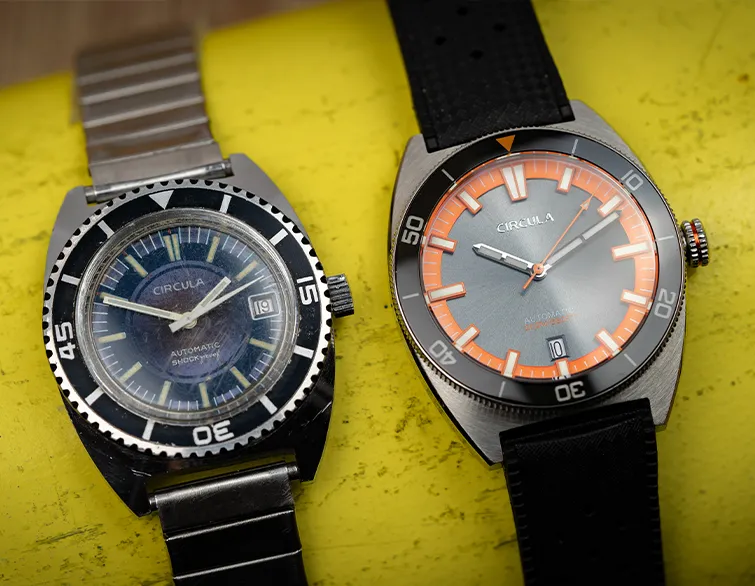
The bezel
of a pilot's watch
Unlike the bezel of a diver's watch, the bezel of a pilot's watch is bidirectional, meaning that it can be turned in both directions. Pilot's bezels are still used today by many pilots who fly by visual flight.
Just as with diver's bezels, the current position of the minute hand is marked as the zero point at take-off. During the visual flight, navigation is then based on the past minutes, a map and prominent features of the landscape, such as church towers, highway intersections, hills or lakes.
Pilot's bezels for visual flight must be operable with gloves and have at least one luminescent marking. As mentioned above, the bezel can also be turned in both directions and can therefore be adjusted more quickly than the unidirectional diver's bezel.

The slide rule bezel
A practical function that some pilot's watches have is the slide rule bezel. This can be used not only to perform multiplications and divisions, but also to convert miles into kilometers or euros into dollars, for example, and to calculate descent rates or fuel consumption using the rule of three.
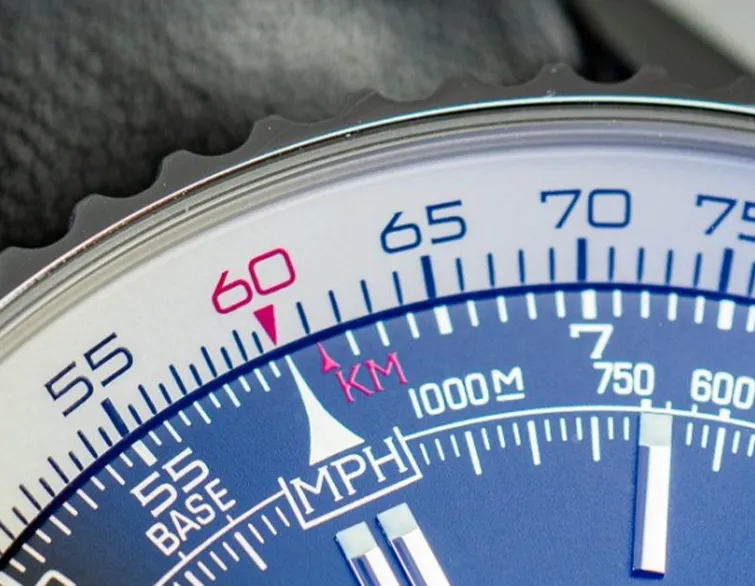
The chronograph bezel with tachymeter scale
In contrast to pilot's and diver's watches, chronographs have a stopwatch function and usually also a fixed bezel with a tachymeter scale.
This allows the average speed of a vehicle to be measured, for example. To do this, the time it takes to travel one kilometer is measured. At 20 seconds, for example, the average speed is 180 km/h, at 30 seconds 120 km/h. This value can be easily read off.
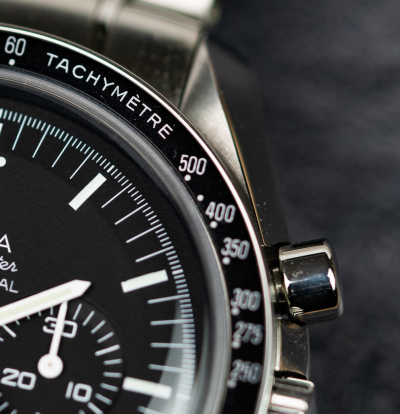
The GMT bezel
This bezel is particularly practical for globetrotters, business travelers or office chair acrobats with a lot of international contact. Watches with a GMT function often have a two-colour bezel to distinguish between day and night as well as an extra hand, the so-called GMT hand, which can be set separately, especially on newer watch models, and circles the dial once every 24 hours. GMT watches can display two time zones simultaneously, or even three if the GMT hand can be set separately.
For two different time zones, the local time is set normally using the hour hand and the bezel (in the case of a non-adjustable GMT hand) is set to the corresponding time in the desired time zone.
If you want to display three different time zones, you need a separately adjustable GMT hand. This is then set for the corresponding time zone. For example, if the desired time zone is 2 pm, the GMT hand is set to 7 am.
To set the third time zone, the bezel is aligned with the GMT hand as described above. Now you just have to remember which time zone is which...
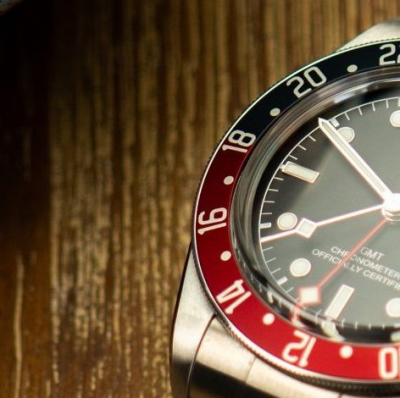
The countdown bezel
In contrast to the count-up bezels commonly found on pilot's or diver's watches, the countdown bezel has a counter-clockwise minute division.
Such bezels are often found on military watches. They are very practical in everyday life, for example to read off the remaining parking time or how long the breakfast eggs still need.

The compass bezel
There are special rotating bezels for the compass function, on which the four cardinal points are marked. To find out the direction of the compass using a compass bezel, align the hour hand with the sun and, if you are in the northern hemisphere, turn the bezel until the south marker is exactly between 12 o'clock (or 1 o'clock for summer time) and the hour hand. Now you can easily read the direction of the compass.
This trick also works without a compass bezel. Here, too, the hour hand is aligned with the sun and south is exactly between 12 or 1 o'clock and the hour hand.
In the southern hemisphere, you have to think a little differently. There, the hour hand is also aligned with the sun, but north is halfway between 12 or 1 o'clock and the hour hand.

